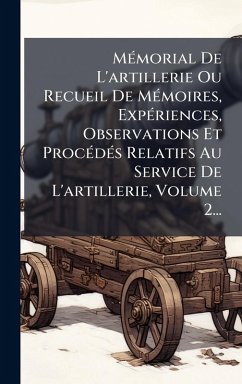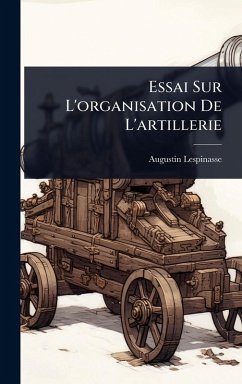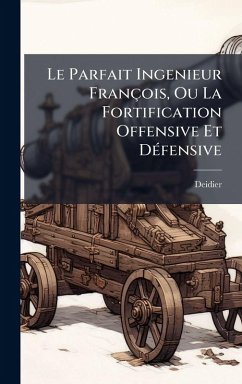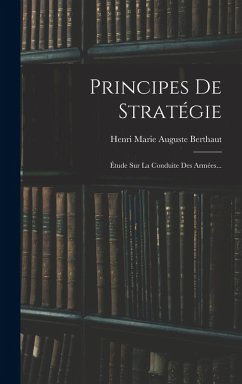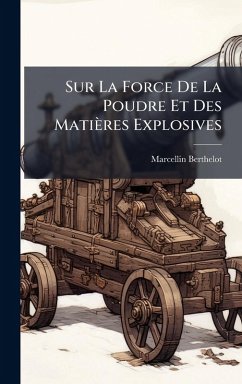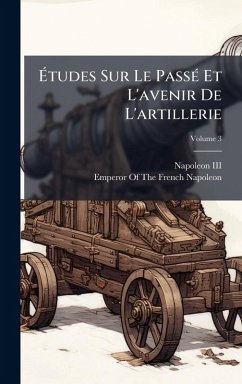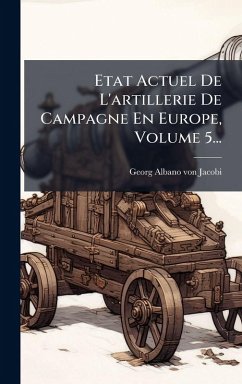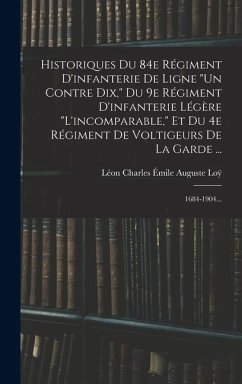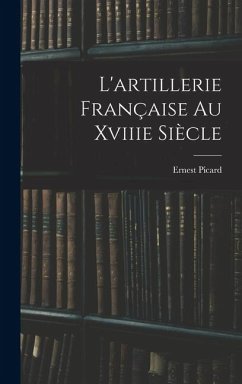
TraitÃ(c) De La DÃ(c)fense Des Places Par Les Contre-mines, Avec Des RÃ(c)flections Sur Les Principes De L'artillerie
Versandkostenfrei!
Versandfertig in über 4 Wochen
30,99 €
inkl. MwSt.
Weitere Ausgaben:

PAYBACK Punkte
15 °P sammeln!
Traité De La Défense Des Places Par Les Contre-mines, Avec Des Réflections Sur Les Principes De L'artillerie by Jean Florent Vallière is a comprehensive treatise on the defense of fortified places through counter-mining, supplemented with reflections on the principles of artillery. Written in French, this historical work provides insights into the military engineering and strategic thinking of the 18th century. The book delves into the technical aspects of fortifying locations and the defensive tactics employed against sieges, making it a valuable resource for historians, military strategi...
Traité De La Défense Des Places Par Les Contre-mines, Avec Des Réflections Sur Les Principes De L'artillerie by Jean Florent Vallière is a comprehensive treatise on the defense of fortified places through counter-mining, supplemented with reflections on the principles of artillery. Written in French, this historical work provides insights into the military engineering and strategic thinking of the 18th century. The book delves into the technical aspects of fortifying locations and the defensive tactics employed against sieges, making it a valuable resource for historians, military strategists, and those interested in the evolution of warfare. This work has been selected by scholars as being culturally important, and is part of the knowledge base of civilization as we know it. This work was reproduced from the original artifact, and remains as true to the original work as possible. Therefore, you will see the original copyright references, library stamps (as most of these works have been housed in our most important libraries around the world), and other notations in the work. This work is in the public domain in the United States of America, and possibly other nations. Within the United States, you may freely copy and distribute this work, as no entity (individual or corporate) has a copyright on the body of the work. As a reproduction of a historical artifact, this work may contain missing or blurred pages, poor pictures, errant marks, etc. Scholars believe, and we concur, that this work is important enough to be preserved, reproduced, and made generally available to the public. We appreciate your support of the preservation process, and thank you for being an important part of keeping this knowledge alive and relevant.



